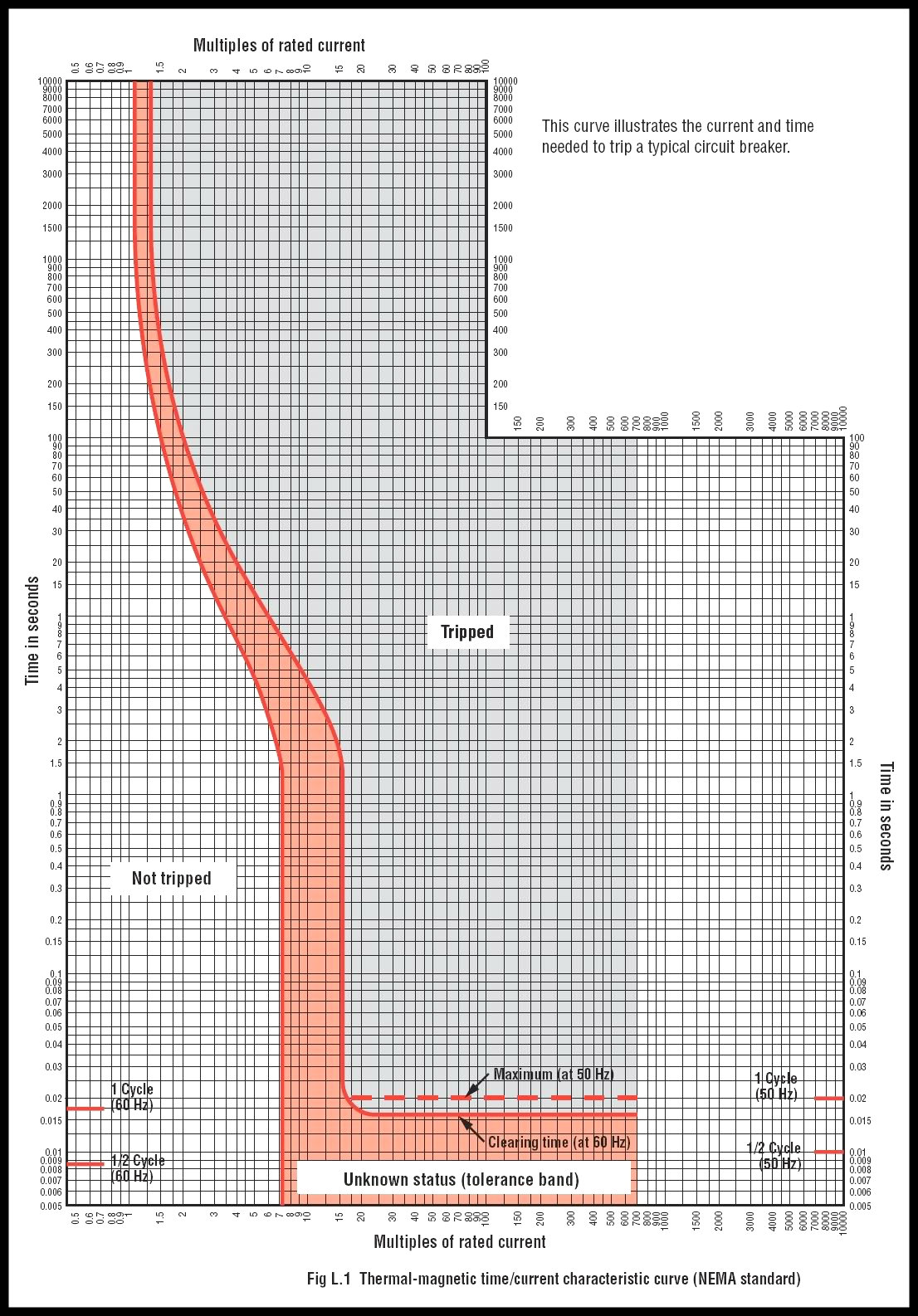One of the primary causes of a meltdown as OP described (and mentioned by PapaNIes60 above) is from plugging into a pedestal (or receptacle at home) when the power is live. Always shut the power off via a breaker or disconnect switch. If you don't, every time you plug in, the converter causes an initial zap that causes pitting on the plug blades and inside a receptacle. You can hear a zap and in the dark you can see a flash. The pitting results in corrosion/oxidation and the attraction of dirt which creates resistance, and eventual overheating. Once in a while, you may actually find a CG pedestal that has a label stating to turn the power off before plugging in, but not often. Having a twistlock plug/receptacle will not help this and would be harder to clean.
You should always keep your plug blades clean with steel wool or light sandpaper. With receptacles, you can't do that and you can't see inside to tell how bad it is. Some RV-ers yank their cords out as well which eventually reduces the blade retention force, further leading to increased resistance.
Some pedestals are downright scary looking like in the photo and you should avoid plugging into it. Sometimes, an entire CG can be like this (as in where the photo was taken) and you have no choice. Sometimes the pedestal receptacles are so loose, you need a stick to prop your cord up to stay in. For situations like this, we carry an 18" long 30 to 30 amp extender made by Camco so that if there ever is a meltdown, you will hopefully only lose the $20 extender.
If you have a 30 amp service, moving to a 50 amp pedestal is a great idea as they tend to get treated better and used less. Note however that the current NEC code only requires a CG to have 20% of pedestals at 50 amps, and that is up from about a dozen years ago when only 5% were required to be 50 amps. Older CGs can have no 50 amp pedestals.
If you have no option to move to another site or to plug into a 50 amp recept., minimize the current you are using and run on "life support" mode to avoid the chance of a meltdown. If you have an extender, use that too. If the pedestal has a 20 amp GFCI recept., that is another option along with a 30-15 amp adapter. If you have a generator, it would be better to use that.
TRC has a new model of "surge suppressor" (30 amps) #34830 which prevents a plug and recept. from overheating which might be a good option for those wanting to use a portable one.
A circuit breaker does not trip the instant current reaches 30 amps. They have an inverse time-current operation as shown in the graph (better image
here.) You could draw 45 amp for about 100 to 400 seconds before the breaker trips, or at 38 amps, it could take up to 1000 seconds (16+ min.) to trip. Point is, you be drawing a lot more than 30 amps and not know it at all. More current = more heat.
If you have a portable "surge suppressor", if plugging into an iffy looking pedestal, you run the risk of that suffering a meltdown. That's one reason I have our PI EMS mounted inside.
I have seen pics of both the pedestal end of a shore power cord totally fried and melted and also at the power inlet on the side of an RV. Turn off that power before plugging in!!




